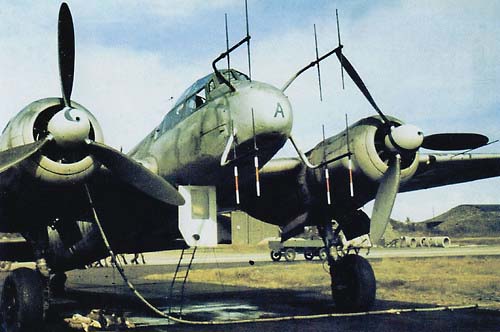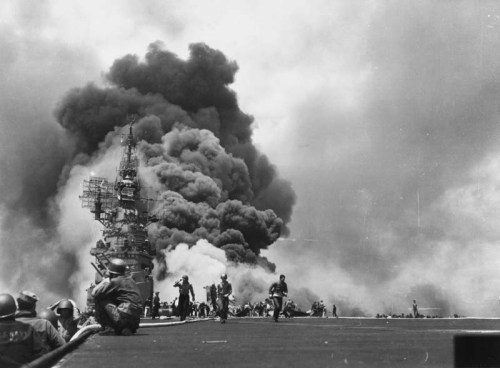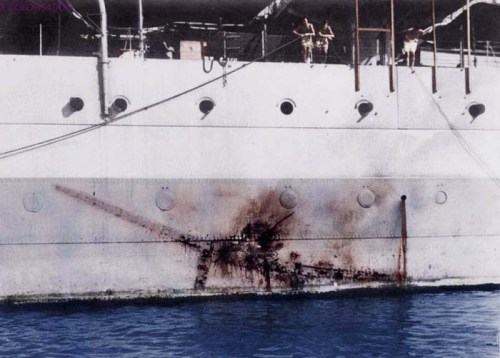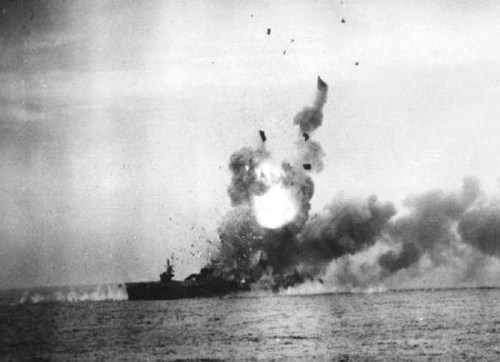Last time we looked at a number of phonetic alphabets. There was the British Army in 1904, the British Post Office in 1914 , the Royal Navy in 1917 and the Western Union in 1918. Then came the good sense of the US Army and the US Navy in 1941 to have the same alphabet (for both) in contrast with the four different alphabets used by the RAF in different periods of World War II.
But what about the foreigners?
Here’s the Luftwaffe alphabet in 1940. The very same one was used by the Wehrmacht, the German army:
Anton, Ärger, Bertha, Cäsar, Charlotte, Dora, Emil, Friedrich, Gustav, Heinrich, Ida, Julius, Konrad,
Ludwig, Martha, Nordpol, Otto, Ödipus, Paula, Quelle, Richard, Siegfried, Schule, Theodor, Ulrich, Viktor,
Wilhelm, Xanthippe, Ypsilon, Zeppilon
It is obviously different from the Allies’ alphabet, being based on names, but that must surely have made it quite easy to learn. Incidentally, “Ärger” and “Ödipus” were used for any words which contained either ” ä ” or ” ö “. Notice too how they have a code word for Ä and Ö. There is also a quick way of doing ‘c’ and ‘ch’ with Cäsar and China along with ‘s’ and ‘sch’ with Siegfried and Schule.
The most frequent marks of the Messerschmitt Bf109 such as the 109D, the 109E, the 109F and the 109G were frequently known by their phonetic letters, the Dora, the Emil, the Friedrich and the Gustav.
Here’s a young man and an old man who are the one and the same man. He was a Luftwaffe radio operator in WW2. The shape of his ears is a giveaway. Age yourself by seventy years but you’ll never change your ears.

And here is the cloth badge to be sewed on the uniform of a crewmember that the Luftwaffe called a “bordfunker”:
 The German Navy, the Kriegsmarine, had a very slightly different alphabet, but , again, it was based on names:
The German Navy, the Kriegsmarine, had a very slightly different alphabet, but , again, it was based on names:
Anton, Ärger, Bruno, Cäsar, China, Dora, Emil, Friedrich, Gustav, Heinrich, Ida, Julius, Konrad,
Ludwig, Martha, Nordpol, Otto, Ödipus, Paula, Quelle, Richard, Siegfried, Schule, Theodor, Ulrich, Viktor,
Wilhelm, Xanthippe, Ypsilon, Zeppilon
The Wehrmacht used pretty much the same alphabet with:
Anton, Ärger, Berta, Cäsar, Charlotte, Dora, Emil, Friedrich, Gustav, Heinrich, Ida, Julius, Konrad,
Ludwig, Martha, Nordpol, Otto, Ödipus, Paula, Quelle, Richard, Siegfried, Schule, Theodor, Ulrich, Übel, Viktor,
Wilhelm, Xanthippe, Ypsilon, Zeppelin
I couldn’t find a guaranteed French phonetic alphabet for World War II, but I did find this one, which is obviously based on first names:
Anatole, Berthe, Célestin, Désiré, Eugène, François, Gaston, Henri, Irma, Joseph, Kléber,
Louis, Marcel, Nicolas, Oscar, Pierre, Quintal, Raoul, Suzanne, Thérèse, Ursule, Victor, William, Xavier,
Yvonne, Zoé
That was a real list of sex bombs for French soldiers of every sexual persuasion to drool over. I don’t know what a “Quintal” is, but this happy curly haired chap is Ryan Quintal:

Actually I did look up “quintal” and one website said “a hundredweight or a weight equal to 100 kilograms”. Another website said “backyard”. I often confuse the two.
The Italians, like many other nations, base their alphabet on towns and cities:
Ancona, Bologna, Como, Domodossola, Empoli, Firenze, Genova, Hotel, Imola, Jolly, Kursaal,
Livorno, Milano, Napoli, Otranto, Padova, Quarto,Roma, Savona, Torino,
Udine, Venezia, Washington, Xeres, Yacht, Zara.
Surely we all know the telegram sent by the humourist Robert Benchley to the New Yorker magazine:
“Have arrived Venice. Streets full of water. Please advise.”
I did find a Soviet spelling alphabet. The Russian alphabet, though, uses 33 letters, so it was quite complicated. I decided to transcribe only the words for our Western letters. That came to:
Anna, Boris, Konstantin, Dmitri, Yelena, Fyodor, Grigory,
Khariton, Ivan, Zhenya, Leonid, Mikhail,
Nikolai, Olga, Pavel, Roman, Semyon,
Tatyana, Ulyana, Vasiliy, Zinaida.
Some letters such as ‘k’, ‘q’, ‘w’, ‘x’ and ‘y’ do not really exist in Russian. Here’s a link to some of the letters of their alphabet.
Here are some Soviet signallers, giving a report to Headquarters in an unknown German town that has just been captured:

Two final points. If you can understand this, you’re a better man than me. This is perhaps 20% of a very large presentation of the Japanese phonetic alphabet. My best guess is that a word stands for a syllable, so that “suzume” stands for the syllable “su” and so on:

And finally, here’s the weirdest phonetic alphabet I found, taken from Tasmania in 1908:
Authority, Bills, Capture, Destroy, Englishmen, Fractious,
Galloping, High, Invariably, Juggling, Knights, Loose,
Managing, Never, Owners, Play, Queen, Remarks,
Support, The, Unless, Vindictive, When, Xpeditiously,
Your, Zigzag





















































































